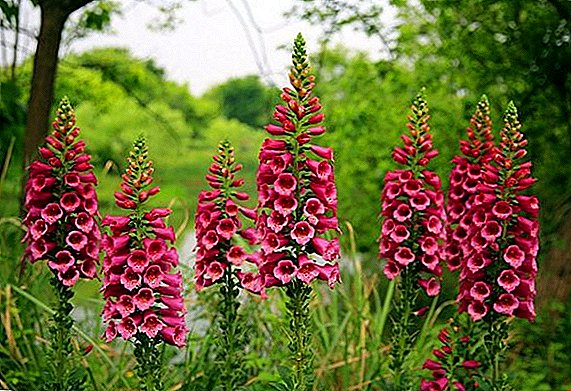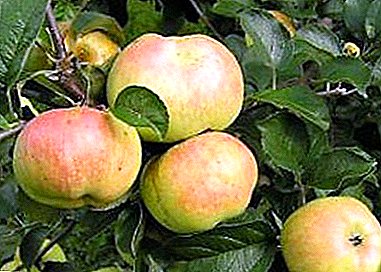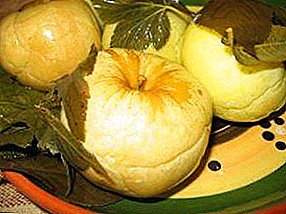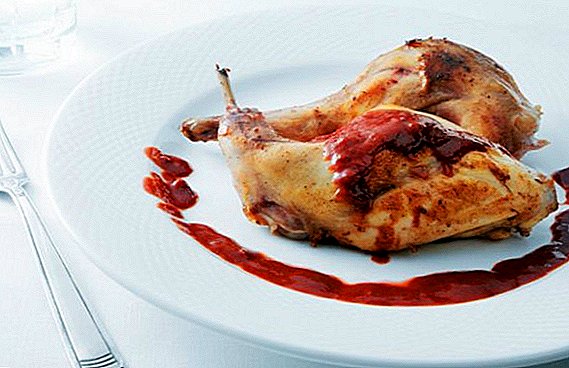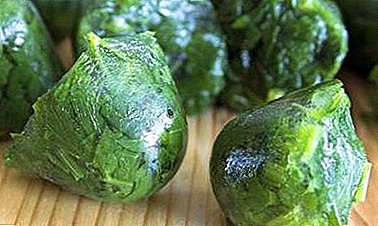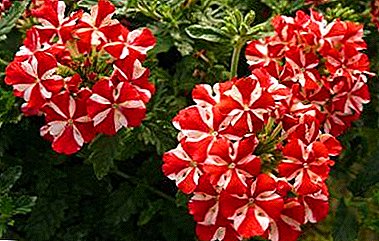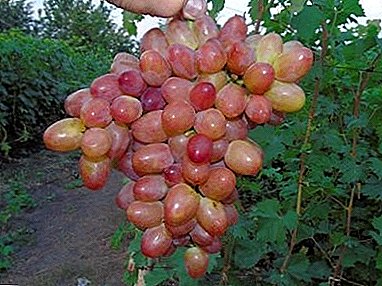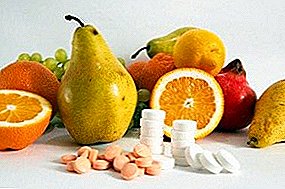
There are quite a few reasons provoking diseases of chickens. Ailments can occur both due to a single adverse factor, and due to a complex of reasons.
Often, the health of poultry deteriorates rapidly due to a lack of vitamins, and, unfortunately, inexperienced poultry farmers do not take this problem seriously.
Meanwhile, vitamins have a significant effect on the metabolism and the general condition of the bird. Lack of vitamins provoke a violation of the processes of dissimilation and assimilation, which ultimately can lead to disastrous consequences.
The most common among chickens are avitaminosis A, D, B1, B2, and also vitamin deficiency C, which will be discussed.
What is vitamin C deficiency in chickens?
 Avitaminosis in the common people is called the lack of a certain group of vitamins. Accordingly, avitaminosis C suffers chickens, in the body of which there is no vitamin C, or extremely little.
Avitaminosis in the common people is called the lack of a certain group of vitamins. Accordingly, avitaminosis C suffers chickens, in the body of which there is no vitamin C, or extremely little.
It is worth noting that vitamin C deficiency is found not only in chickens, but also in other domestic birds, for example, ducks, turkeys. Also, the disease is common among parrots and canaries.
Domesticated birds sit at the bottom of the cage, rarely sing, and if they sing, it is weak, they practically do not fly and are not inclined to communicate..
Their weight is noticeably reduced, and eyelids with a beak acquire a pale color. All these and other symptoms are the reason for the urgent visit to the ornithologist.
Degree of danger
Vitamin C is a disease with a great past. Back in the 17th century, mariners who had been in the sea for a long time learned about this disease.
Signs of this disease manifested themselves most clearly in wartime in humans, animals, and birds. Hungry time did not allow getting a diet rich in vitamin C, which led to the depletion of animals, birds, and the occurrence of scurvy in humans.
Currently, there is food and feed abundance on store shelves, however, vitamin C deficiency does not retreat, and is often the cause of malaise and poor health of living organisms.
Avitaminosis C at the initial stage does not pose a serious threat to chickens, it is enough just to fill in the lack of vitamins. But if time does not pay attention to the state of the bird, then this will trigger the development of new diseases and even death.
Poultry farmers should be aware that avitaminosis C can lead to a decrease in productivity, as well as to the forced slaughter of young stockings, which will lead to significant economic damage.
Pathogens
 Avitaminosis C in chickens does not belong to the group of infectious diseases, therefore, if one of the individuals is sick, this does not mean that the illness will spread to the rest of the birds.
Avitaminosis C in chickens does not belong to the group of infectious diseases, therefore, if one of the individuals is sick, this does not mean that the illness will spread to the rest of the birds.
However, if there are diseased chickens, then it is necessary to establish as soon as possible what is the causative agent of the disease and take all measures to eliminate it.
The primary causative agent of the disease can be bird food, in which there is not enough vitamin C. Therefore, poultry farmers should carefully monitor the quality of feed and diversify the diet of chickens.
Continuous feeding of chickens with grain, mixed feed without grass meal, cooked mealy food not containing ascorbic acid is not allowed.
The development of avitaminosis C in poultry sometimes occurs due to poor absorption of this group of vitamins. In diseases of the gastrointestinal tract and liver, the absorption of vitamin C and its absorption is impaired.
Also, the secondary pathogens of the disease include metabolic disorders, the presence of infectious and other diseases, disorder of the nervous endocrine regulation. Carefully monitor the condition of the birds is particularly recommended in the winter and early spring.
Course and symptoms
 The course and symptoms of the disease depend on its form and severity. When the initial form is observed depression of the bird, weakness.
The course and symptoms of the disease depend on its form and severity. When the initial form is observed depression of the bird, weakness.
The clinical picture with a hidden deficiency of vitamins of group C is expressed in the form of lethargy, growth retardation and weight gain, sometimes you can observe a painful gait.
Ascorbic acid plays an important role in the immunobiological protection of the body.. With a shortage of vitamin C, chickens often begin to suffer from other diseases, including infectious diseases.
During the course of the disease, the appearance of the bird changes. Her beak becomes more pale, the eyelids also become whitish. Feathers become dull and fall out strongly.
The apparent stage of avitaminosis C is accompanied by the appearance of extensive bruising. If you raise the feathers of the bird, you can see the bloody spots on the skin, which later form into ulcerative dermatitis. When the disease is neglected, the birds' legs swell, the mouth region is affected, the appetite is disturbed, and the individual rapidly loses weight.
 Small English fighting chickens have no small potential in cock fighting. But if they have vitamin B6 vitamin deficiency, then victory is out of the question. On how to deal with this disease, read here.
Small English fighting chickens have no small potential in cock fighting. But if they have vitamin B6 vitamin deficiency, then victory is out of the question. On how to deal with this disease, read here.All about floor polystyrene insulation is written in the article at: //selo.guru/stroitelstvo/uteplenie/kak-uteplit-pol-v-derevyannom-dome.html.
Diagnostics
Diagnosis of avitaminosis C in chickens consists of several stages. An analysis of the content of birds, the conditions of their feeding. A bird that has signs of disease undergoes clinical manipulations - a blood test for vitamin C.
Treatment
 With timely treatment, especially at the initial stage of the disease, the prognosis is always favorable. If the disease is not treated, the bird will inevitably die. Therefore, it is important to begin treatment immediately after confirming the diagnosis.
With timely treatment, especially at the initial stage of the disease, the prognosis is always favorable. If the disease is not treated, the bird will inevitably die. Therefore, it is important to begin treatment immediately after confirming the diagnosis.
For the treatment of avitaminosis C in chickens prescribed a special diet that includes foods rich in vitamin-lacking in the body. In the diet include pieces of cabbage, carrots, dandelion leaves, fresh grass, nettle, boiled potatoes, orange pulp, tomatoes.
Ascorbic acid powder gives good effect, which is given inside the bird along with feed or water. When absolutely necessary, the veterinarian prescribes iron ascorbate in ampoules for intravenous administration.
Prevention
To avoid vitamin C deficiency in chickens, it is necessary to carefully monitor their diet. In the summer, be sure to give the birds fresh grass, leaves, plants. The food should also include fresh vegetables and fruits.
In addition, many well-known manufacturers produce a special complex of vitamins and mineral supplements for chickens, which are necessary for the birds, especially in the winter.
In addition to compliance with full feeding, the poultry farmer must provide favorable conditions for keeping chickens. The area should be clean and spacious to avoid crowding of birds and allow them to move freely.


